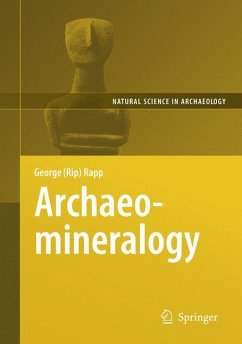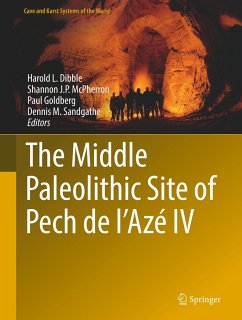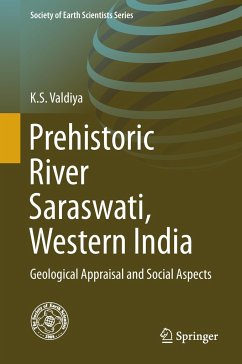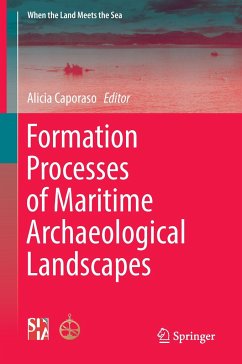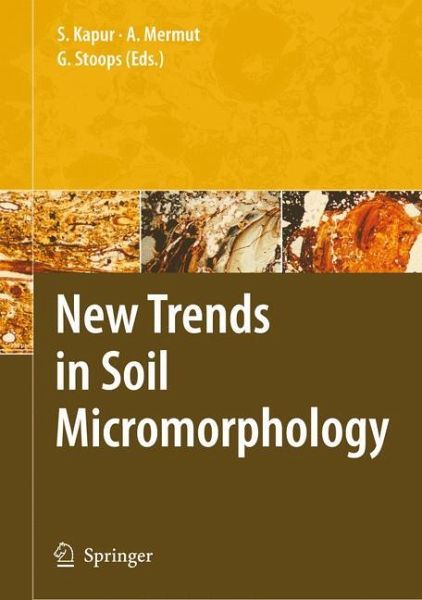
New Trends in Soil Micromorphology
Versandkostenfrei!
Versandfertig in 6-10 Tagen
76,99 €
inkl. MwSt.

PAYBACK Punkte
38 °P sammeln!
The book contains state of the art new research results in micromorphology as well as other disciplines of soil science. It provides very useful up-to-date information for researchers, educators, graduate students interested in microscopic and submicroscopic studies of soils and sediments. In the past, micromorphology has been considered almost solely as a descriptive and interpretative branch of science. Attempts are now made to obtain quantitative data. There has been much progress in applying soil micromorphology in Quaternary geology, in particular identifying and characterizing palaeosols. The new areas for soil micromorphology are soil ecology, materials sciences and archaeology.
The soil water retention curve, the saturated hydraulic conductivity and the unsaturated hydraulic conductivity function are basic soil hydraulic functions and parameters. Ample apprehension of the soil hydraulic functions and parameters is required for a successful formulation of the principles leading to sustainable soil management, agricultural production and environmental protection. From these, all the other parameters, required in the solution of the practical tasks, are derived. The basic soil hydraulic functions are strongly dependent upon the soil porous system. The development of models is characteristic by the gradual transition from the simplest concepts up to the sophisticated approaches, which should correspond to the visual reality studied by soil micromorphology. 2 Soil Porous System and Soil Micromorphometry 2.1 An Overview on the Quantification of the Soil Porous System Quanti? cation of the soil porous system consists of classi? cation of soil pores, ch- acterization of the soil pores shapes and the estimation of the pore size distribution function. When the hydraulic functions of the soil pores are considered, the following laws of hydrostatics and hydrodynamics are applied as best ? tting to the classi? cation criteria of the size of the pores (Kutilek and Nielsen 1994, p. 20, Kutilek 2004): A. Submicroscopic pores that are so small that they preclude clusters of water molecules from forming ? uid particles or continuous water ? ow paths.








